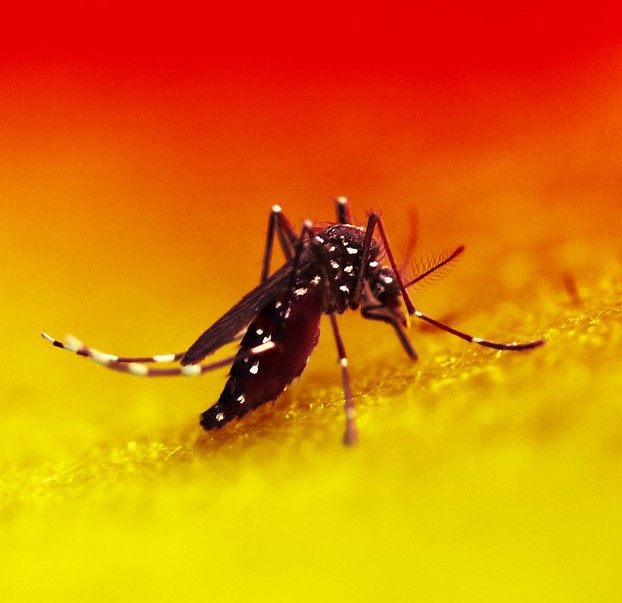
High-magnitude outbreaks involving the mosquito-borne viruses affected South American countries in the initial months of 2023, and with the onset of rainier months in Central America and the Caribbean in the latter half of this year, the Pan American Health Organization (PAHO) is urging countries to review their response plans and adjust for possible outbreaks of dengue and other mosquito-borne diseases.
Dengue activity in the Americas region, which occurs cyclically every 3 to 5 years, is outpacing 2022 activity by 12%. Levels are currently declining in hard-hit South American countries such as Brazil, Bolivia, and Peru. But Brazil's cases are 13% higher than last year at this time, and are 75% higher than the average for the last 5 years.
Chikungunya activity is also tracking higher this year compared with 2022, with 98% of the activity reported in Brazil and Paraguay. The highest incidence is in Paraguay, where cases have been declining since the middle of March.
Though Zika cases were up in 2022, levels this year are down 59% compared to the same period last year. The highest proportion of cases were reported in Brazil, Bolivia, and Belize.
 The incidence of the multidrug-resistant fungal pathogen Candida auris increased dramatically in Israeli hospitals in 2021 and 2022, driven primarily by COVID-19 surges and mechanical ventilation, Israeli researchers
The incidence of the multidrug-resistant fungal pathogen Candida auris increased dramatically in Israeli hospitals in 2021 and 2022, driven primarily by COVID-19 surges and mechanical ventilation, Israeli researchers 











